In Lab Sleep Study
Overnight sleep study is also called Polysomnogram. A polysomnogram is a diagnostic sleep study that measures the quality of a person’s sleep by measuring the body’s involuntary functions during sleep, such as breathing and heartbeat. Each study will differ somewhat depending upon the individual patient’s circumstances. A typical polysomnogram records the following data:
Brain waves (electrodes placed on the scalp)
Eye movement (electrodes placed on the face, by the eyes)
Chin muscle tone (electrodes placed on or under the chin)
Heart rate (electrodes placed on the chest)
Leg movements (electrodes placed on the legs)
Breathing (breathing sensor placed near the nose and mouth)
Breathing effort (two small belts placed loosely around the chest and abdomen)
Oxygen level (small sensor attached to the finger)
Audio and video taping
The patient arrives at the sleep lab to spend the night. An experienced sleep technologist will greet you and explain you about the study. You will be asked to few questions and please let the technologist know if you have any pain, discomfort, or any other problem.
The technologist will attach sensors with the help of adhesive on the scalp, face, chest, abdomen and legs. With the help of sensors we are able to record brain waves, eye movements, air flow, breathing effort, muscle tension, heart rate, heart rhythm. The data is stored on a computer.
